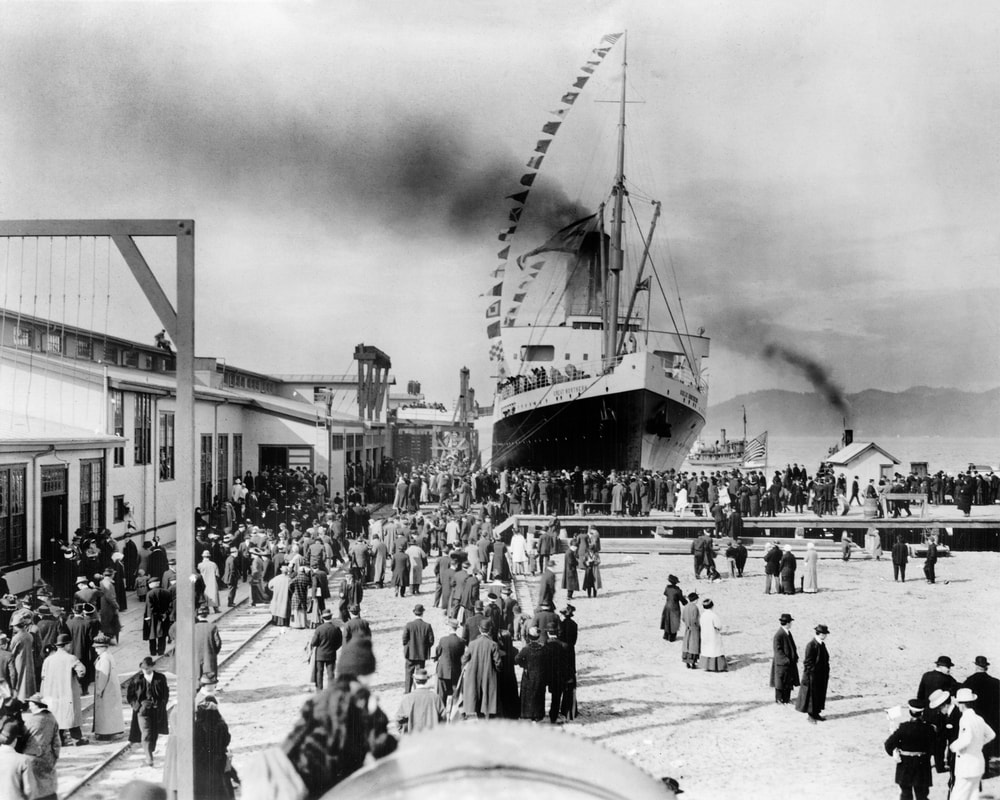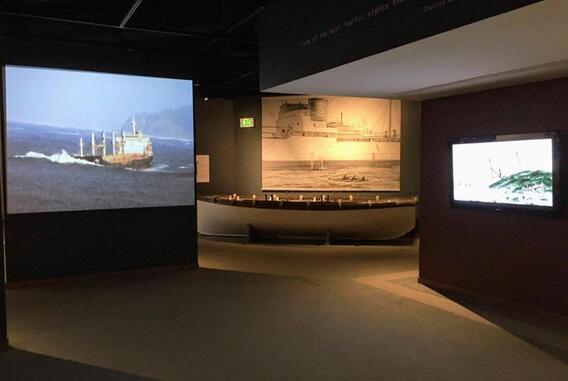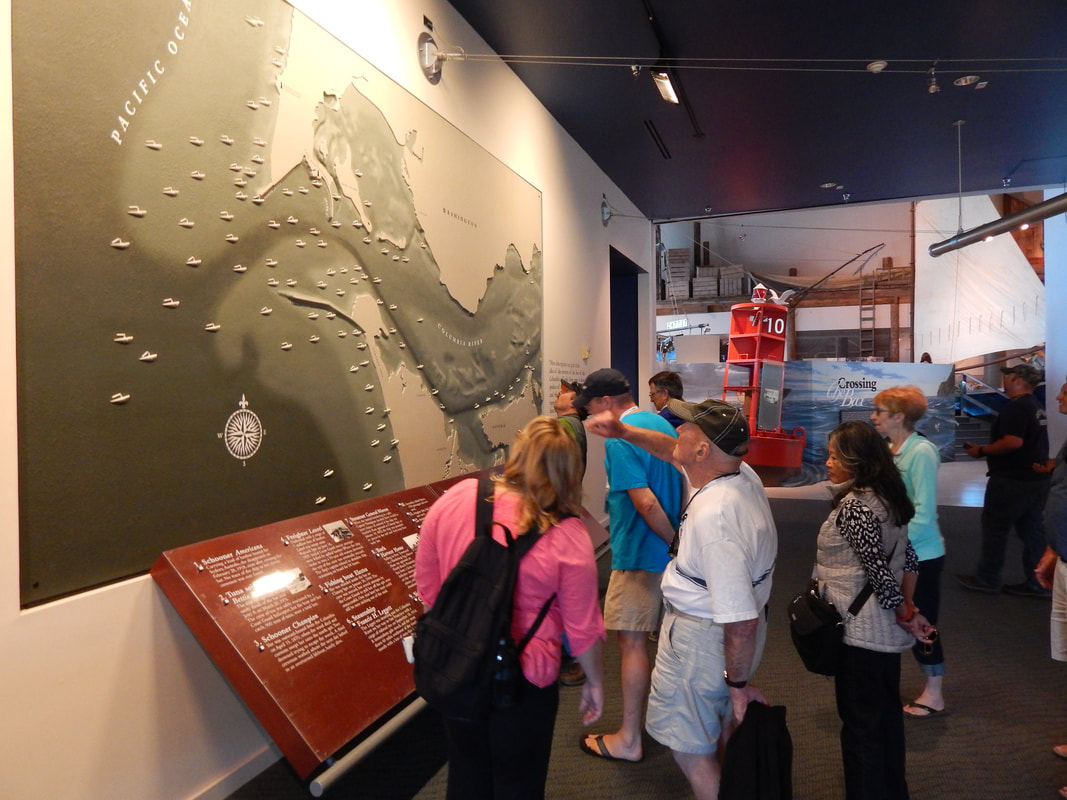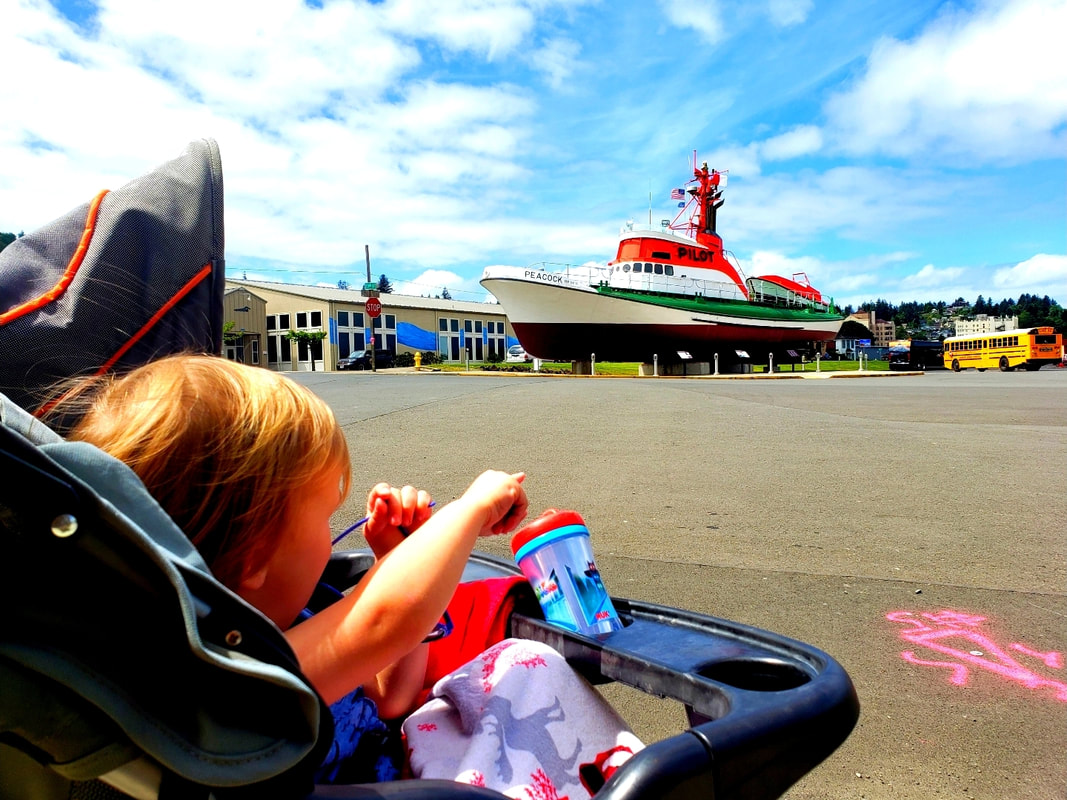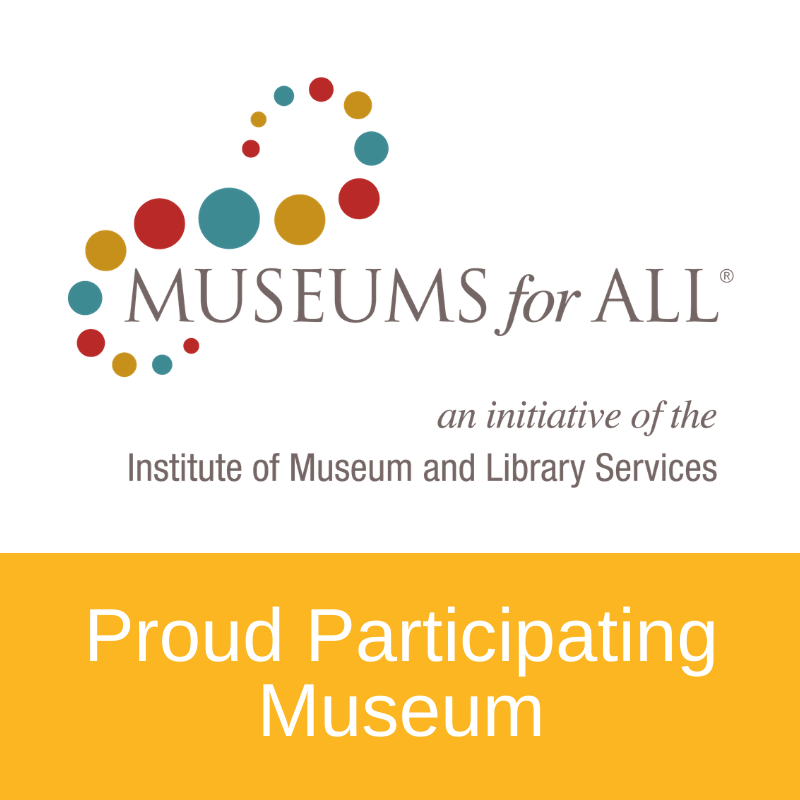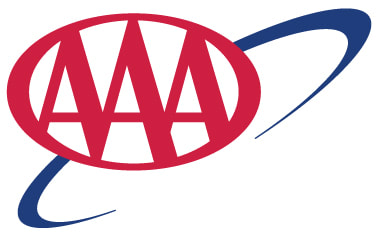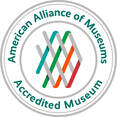Explore the extreme forces at work along the Columbia River Bar. Learn about waves that can exceed 40 feet in height during the most severe winter storms. See exciting exhibits about the U.S. Coast Guard and the Columbia River Bar Pilots. Witness the legendary fishing runs, and take a tour of the floating lighthouse, the Lightship Columbia.
NEW EXHIBIT NOW OPEN!
Shipwrecks!
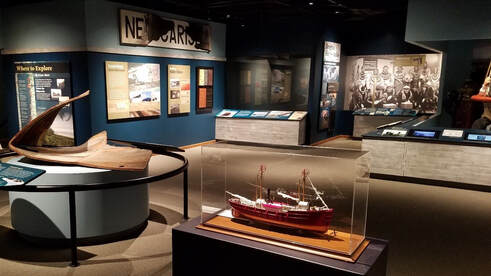
EXPERIENCE the terror and fascination surrounding the shipwrecks on our shores.
LEARN about what causes shipwrecks.
SEE how people have responded to such tragedies in the past, and what can be learned from studying these events.
DISCOVER the far-reaching impact such events have on the environment and the economy.
FIND OUT how maritime archaeologists are using new methods to study these remote sites to learn more about our past.
The "Twin Palaces of the Pacific"
|
The Brix Maritime Hall
|
|
Settle in and watch the ebb and flow of the mighty Columbia River while experiencing a full size fishing troller at work on display inside the Museum’s Brix Maritime Hall. From the life-size display of fish found in the Pacific Northwest to the top of the mast of the Sailing Gillnetter, the exhibit towers over 30 feet tall. The centerpiece of the Brix Maritime Hall is the 44-foot U.S. Coast Guard Motor Lifeboat shown in action climbing a 20-foot wave, just at the moment of a daring rescue, at the mouth of the Columbia River. |
Crossing the Bar:
|
Graveyard of the PacificSince 1792 approximately 2000 vessels, including over 200 large ships, have sunk at the Columbia River Bar. More than 700 people have lost their lives to the sea. These dangers have earned this area the title “Graveyard of the Pacific”. Mariners agree that the combination of high seas, a mighty river, land shallow, and shifting sand bars make the Columbia River bar one of the most dangerous bar crossings in the world. The large interactive map in the Museum’s lobby provides information about the many historic shipwrecks in the area.
|
A Peaceful Return:
|
Columbia River Bar PilotsThe Columbia River is the second largest river, by volume, in the United States. The mouth of the Columbia is regarded as one of the most treacherous river bars in the world. The Columbia River Bar Pilots are a group of 20, based in Astoria, Oregon, chosen for the work of assisting all ships across the bar safely, day or night, in any weather. The Columbia River Maritime Museum is now home to the retired pilot boat, Peacock. This pilot boat is legendary in its seaworthiness, keeping the bar open and on schedule through decades of hard winter storms. The Peacock displays proudly at the east end of the Museum’s campus.
|

